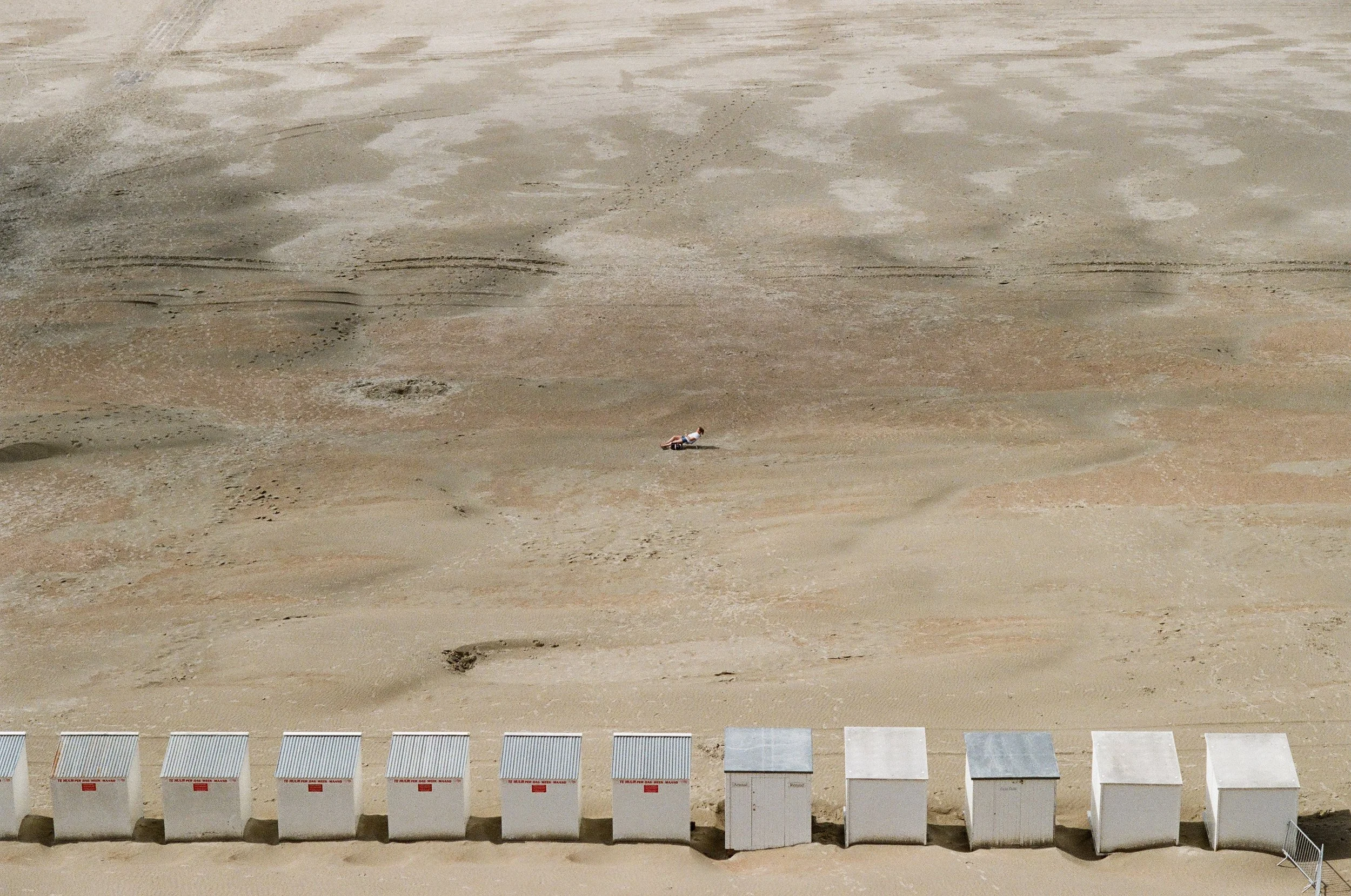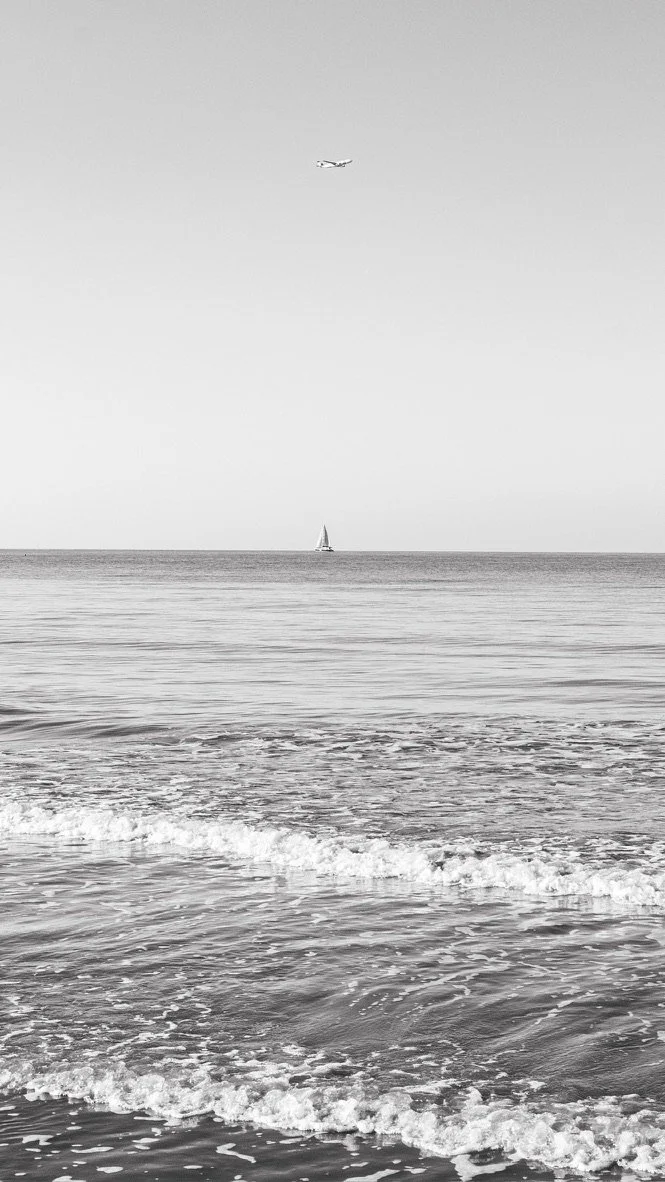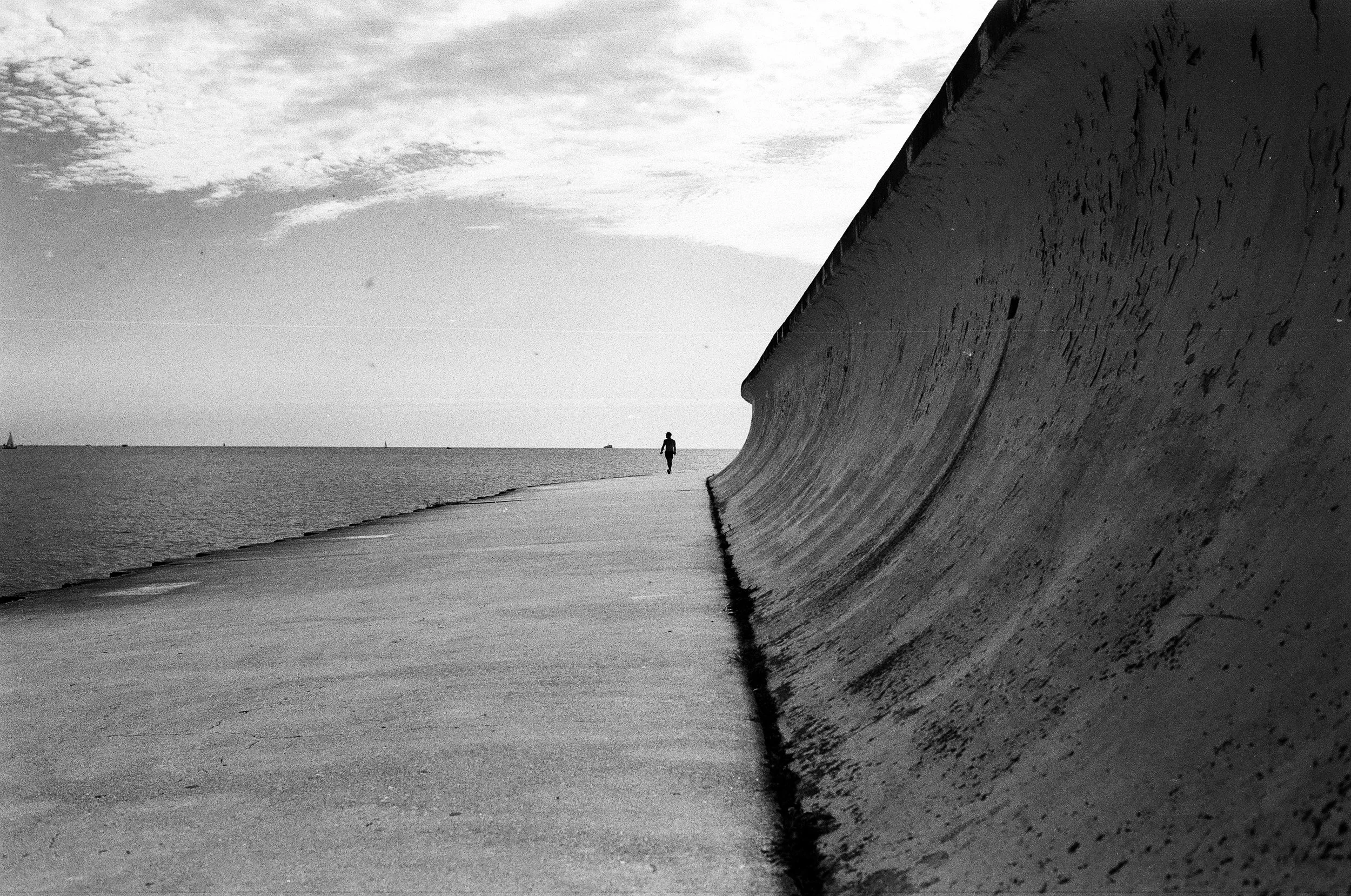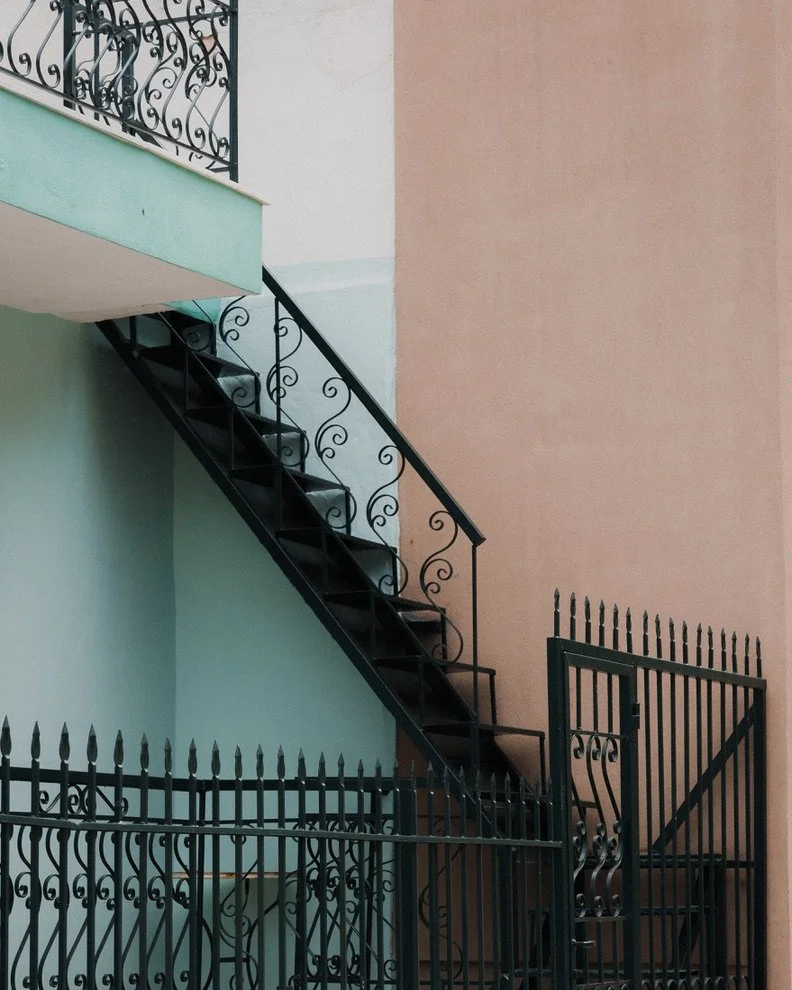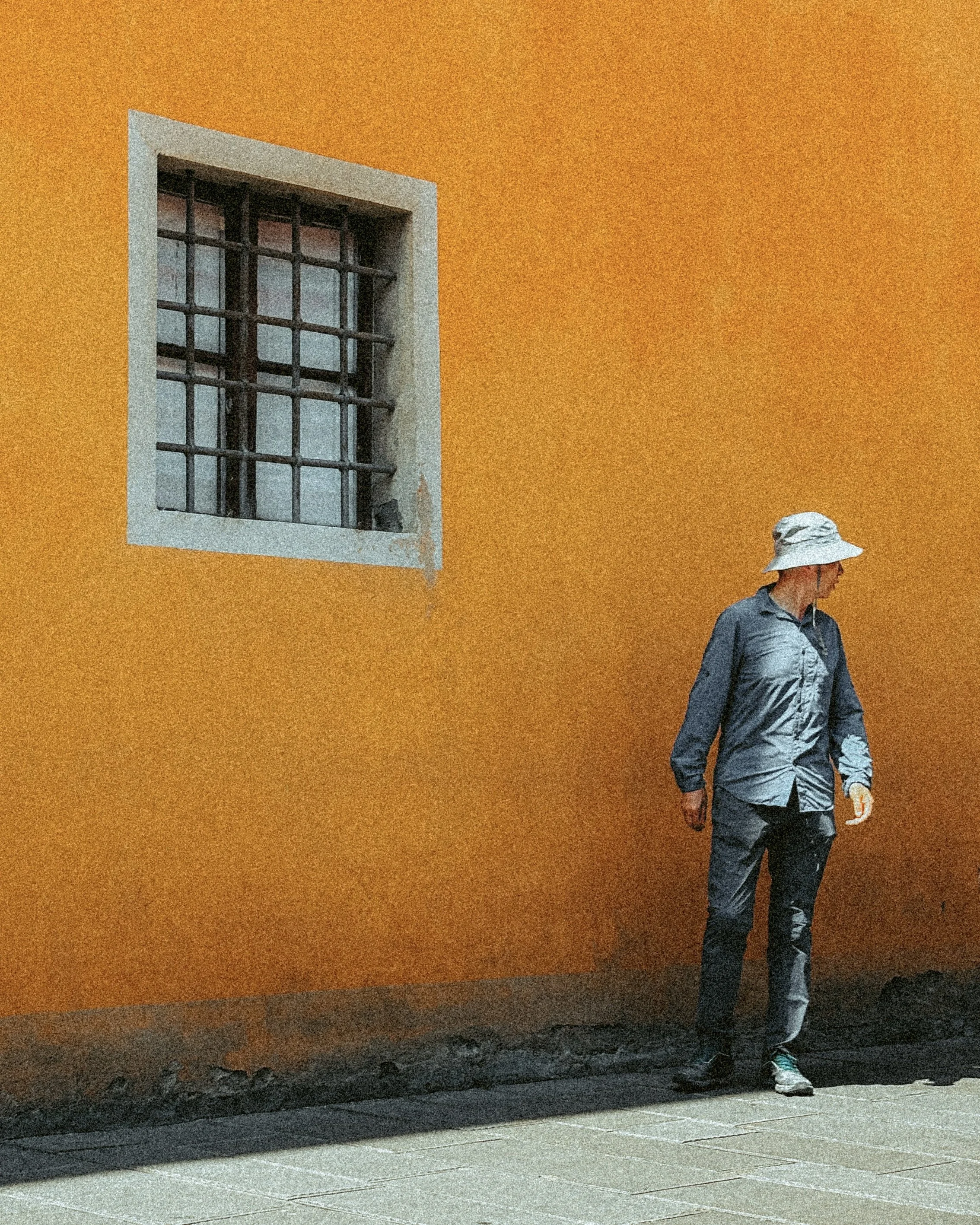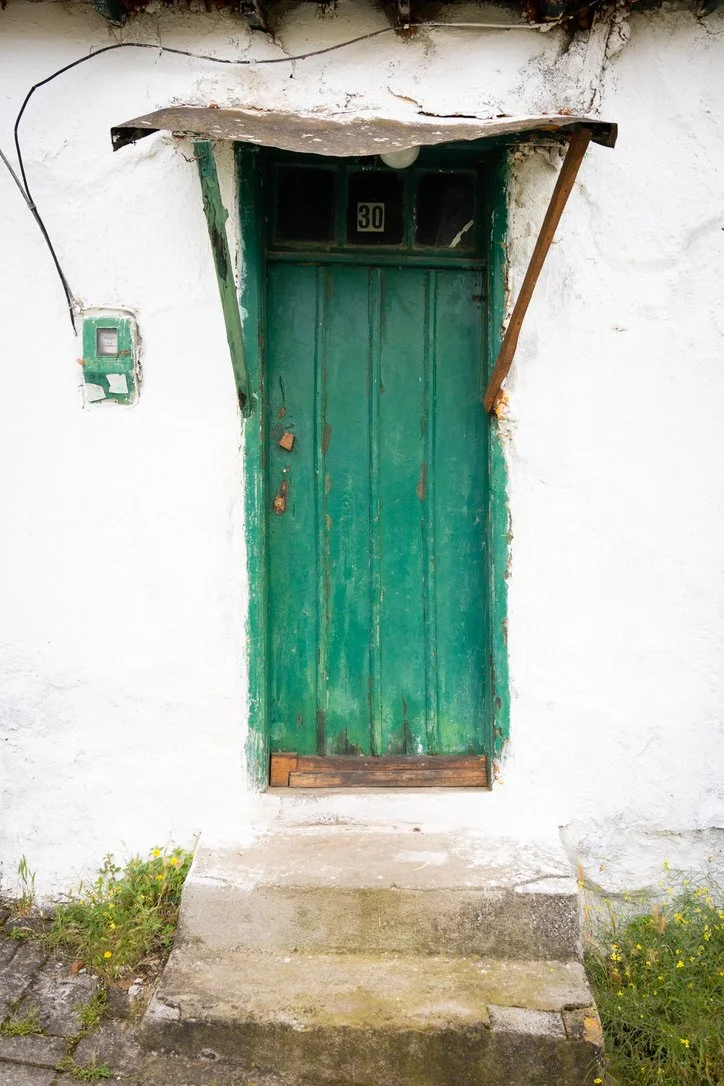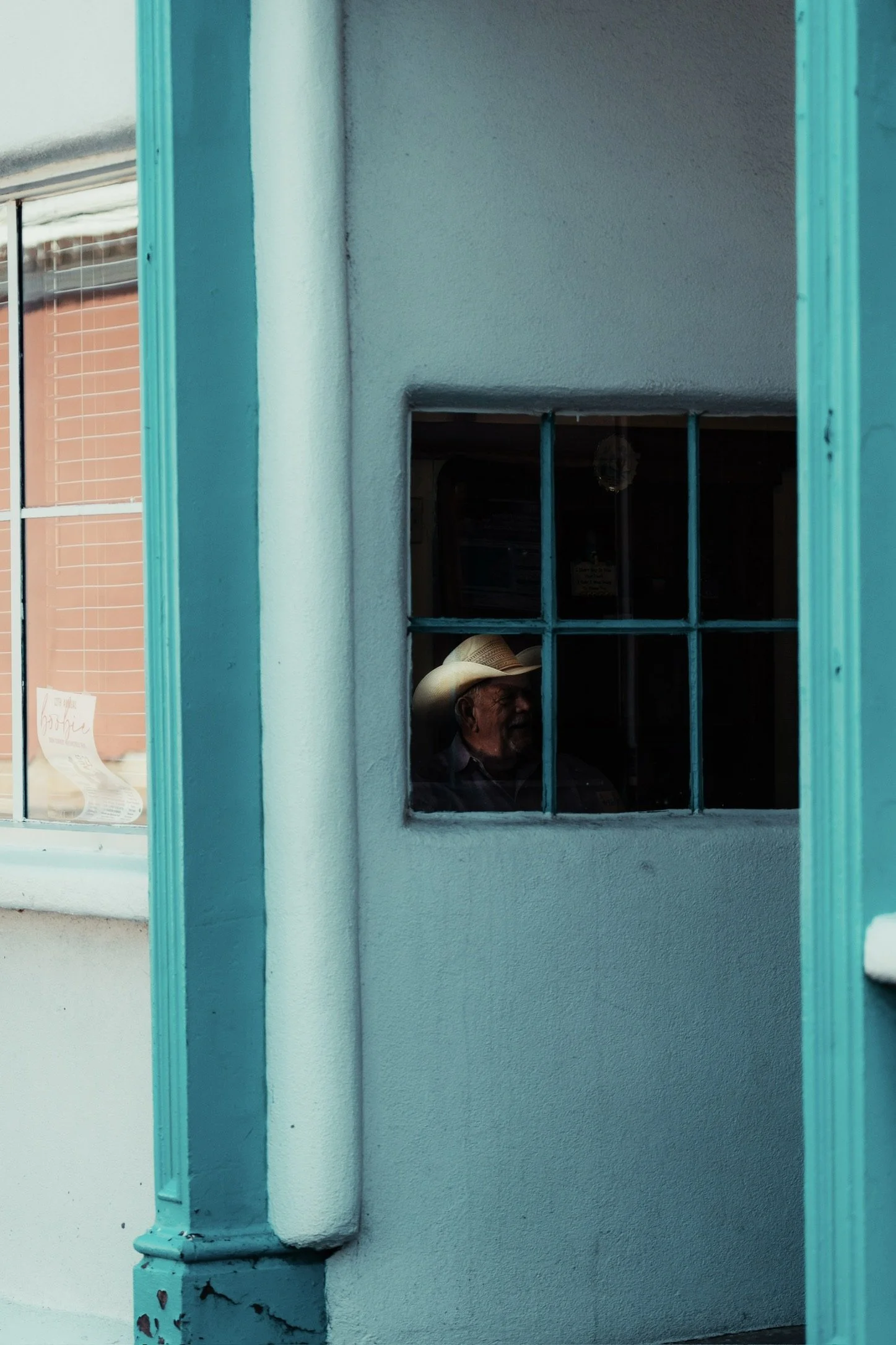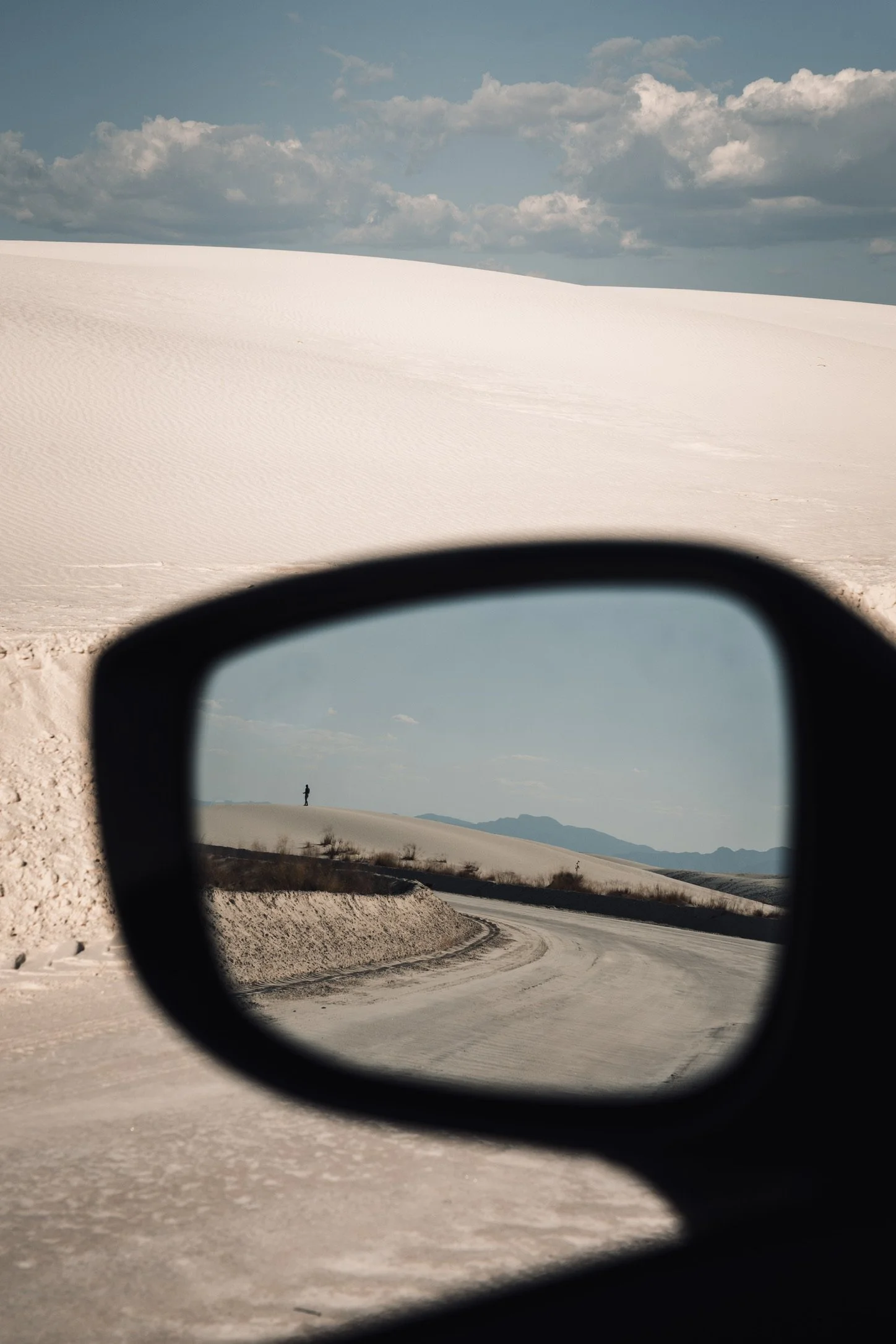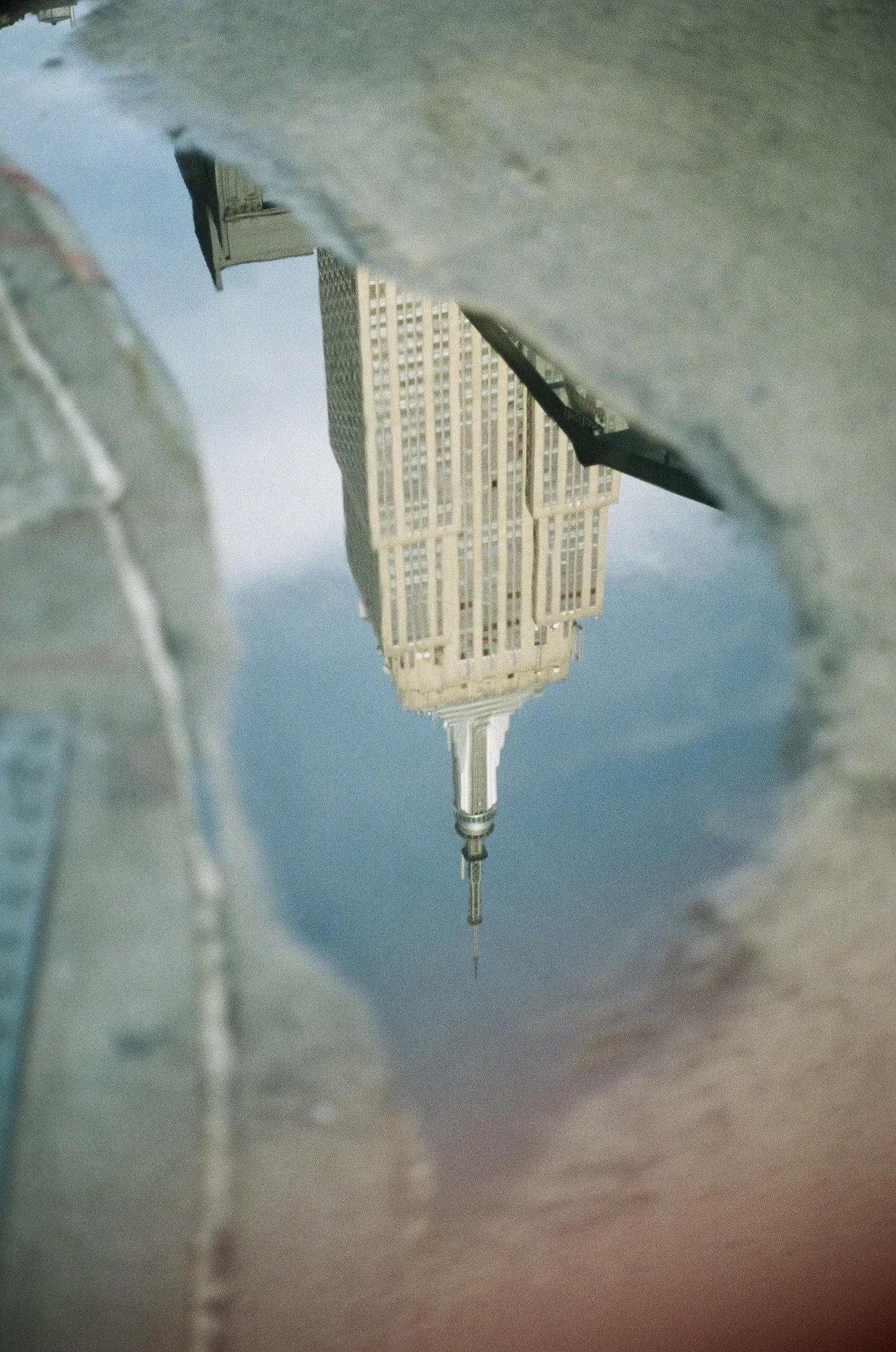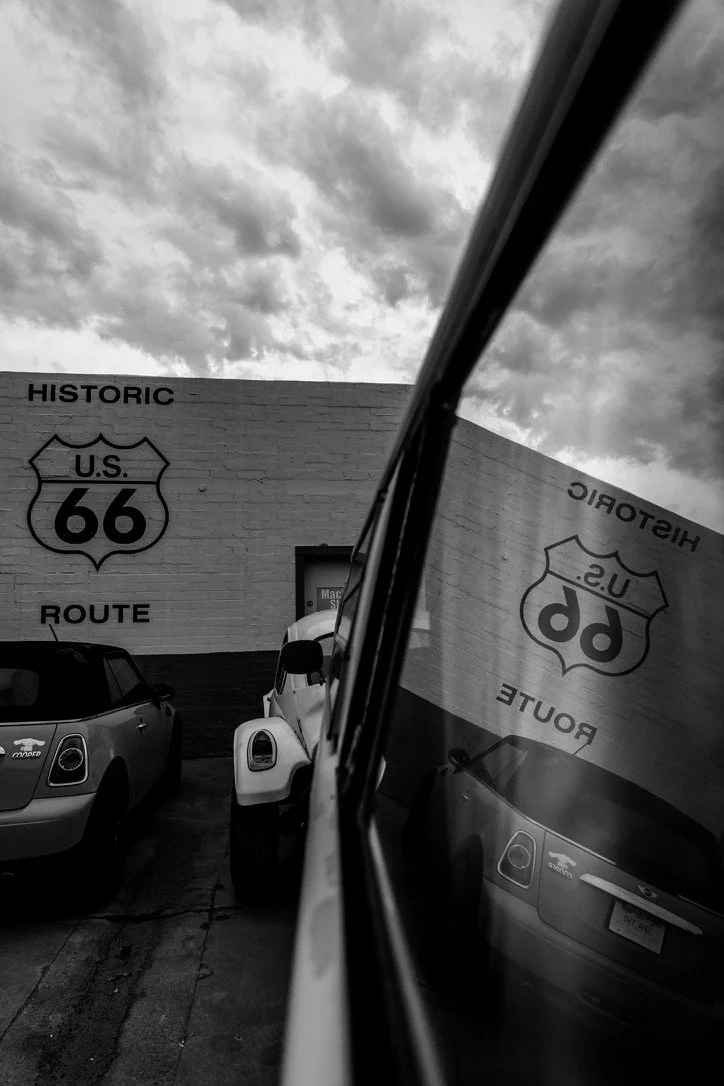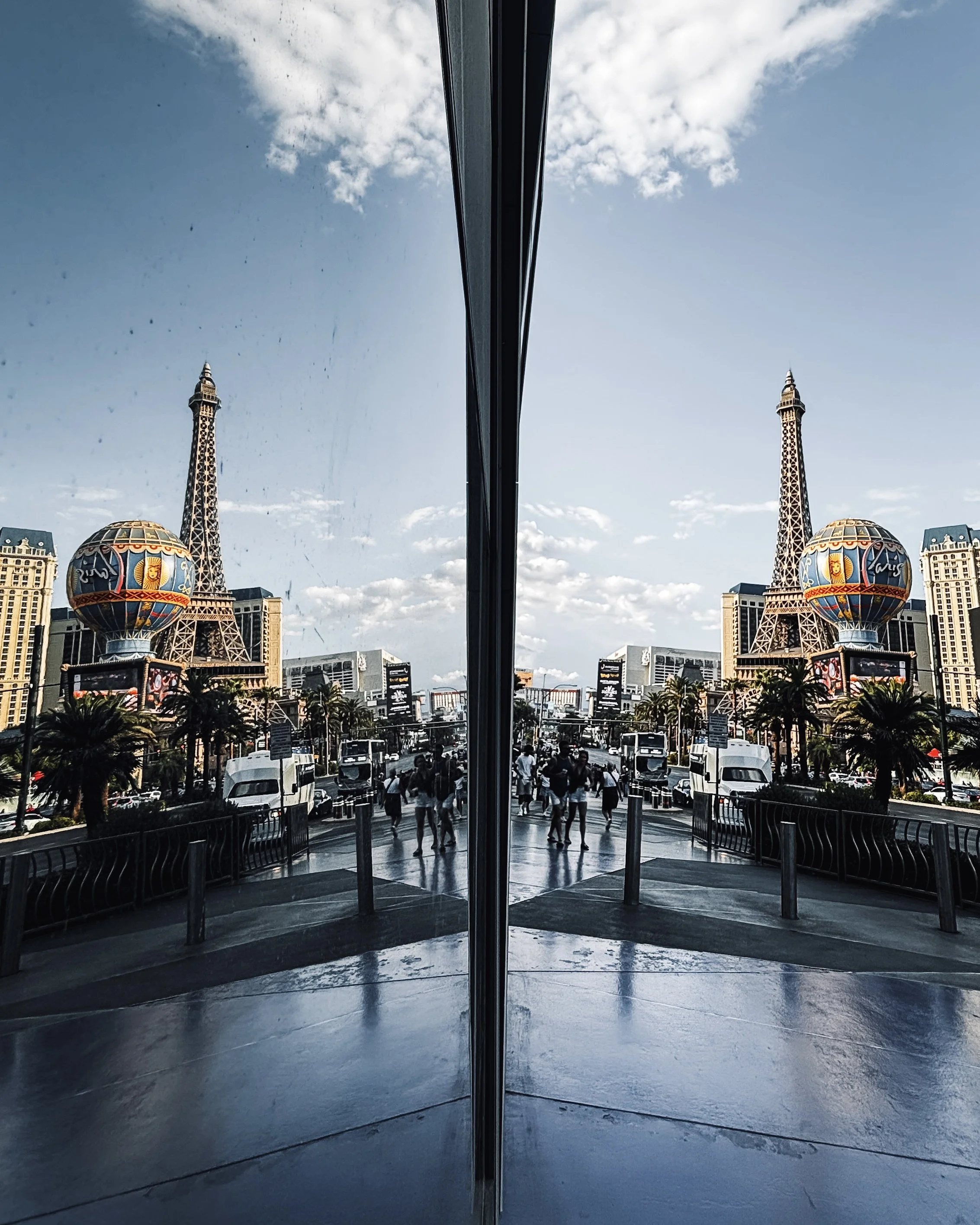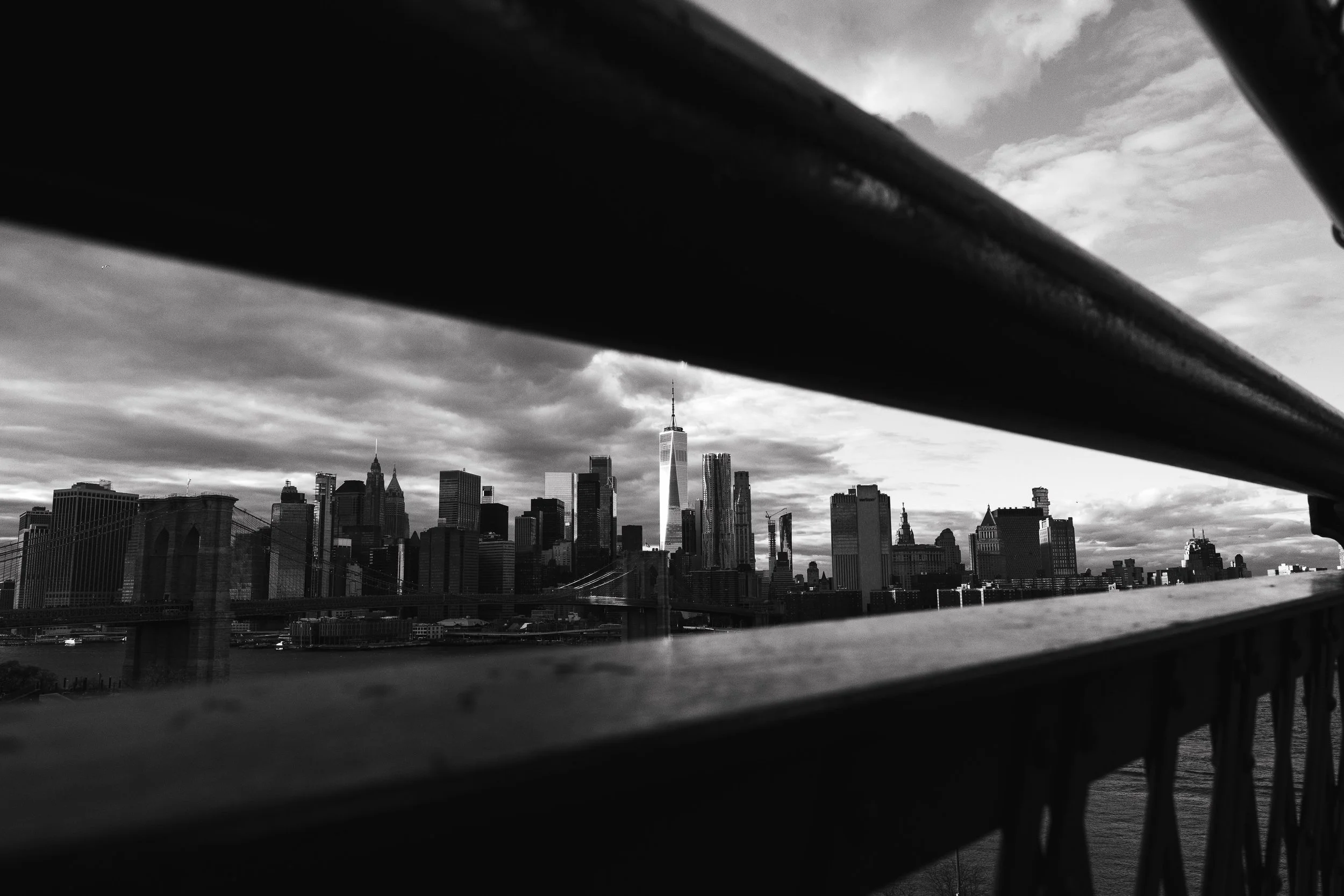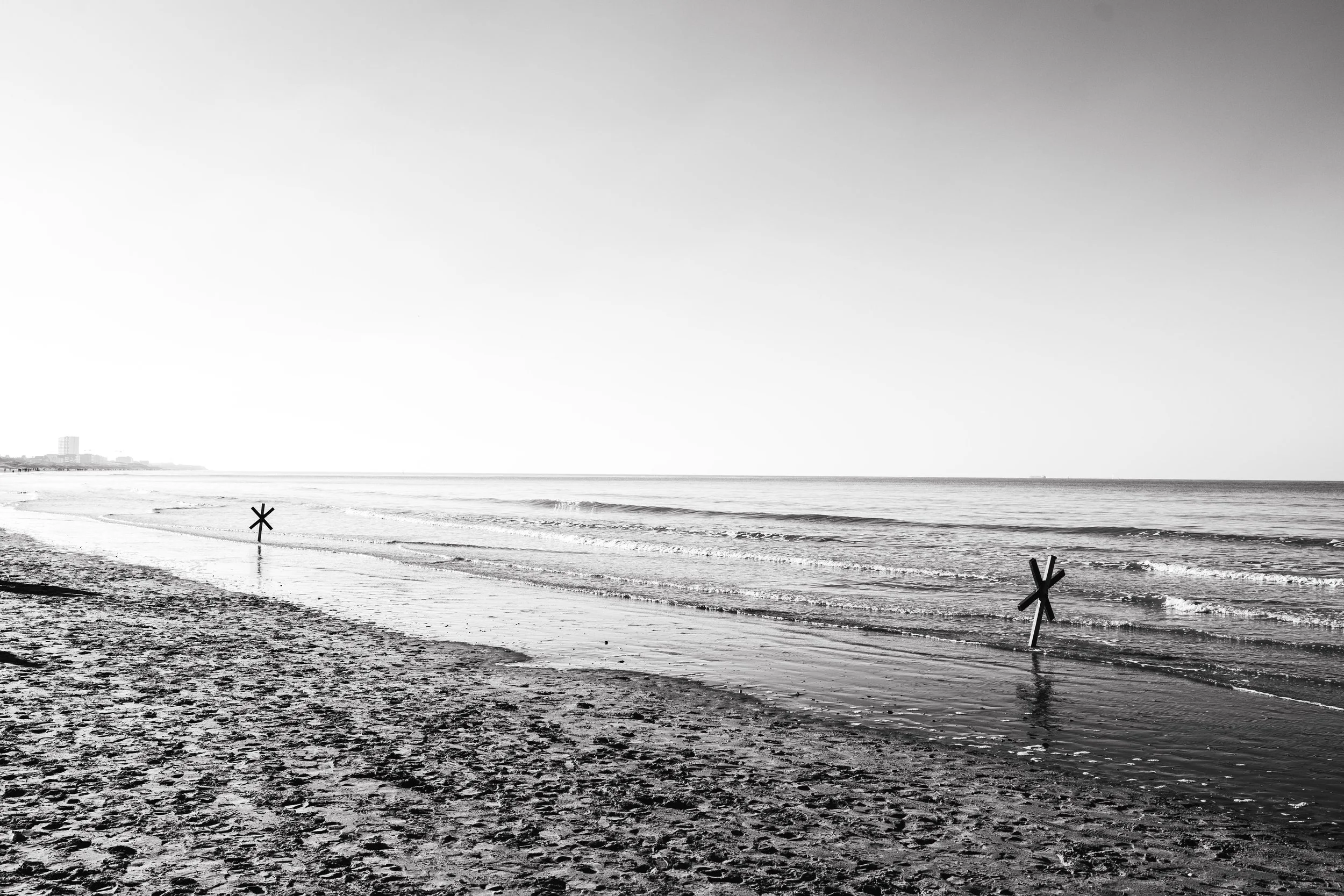Mastering Harsh Light: Who Needs Golden Hour Anyway?
Forget Golden Hour — Embrace Real Life Light
Most photographers will tell you to shoot during golden hour , that magical window right after sunrise or before sunset when the light is soft, warm, and forgiving. And yes, golden hour can make any scene look cinematic. But here’s the thing: it doesn’t always work for everyone. Whether it’s because of your schedule (not everyone's a morning person), your shooting preferences, or simply your geographical location, golden hour isn’t always an option. And that’s perfectly fine. The world doesn’t suddenly become unphotogenic after breakfast.
At the same time, if you do follow the advice to only shoot when the light is perfect, you could missing out on countless opportunities throughout the day. Midday light might be harsh, but it’s also unpredictable, dramatic, and full of character. The real challenge, and often the real fun, is learning to work with what life throws at you, not just with what’s convenient.
So, let’s talk about how to make the most of those harsh, contrast-heavy moments when the sun is high, the shadows are sharp, and every passerby is squinting.
Contrast and Exposure: Let the Shadows Do the Talking
Instead of chasing the perfect sunset, train your eye to look for contrast. A small sliver of light cutting through an alleyway, a bright spot on a face, or a sunbeam bouncing off a building can create far more interesting compositions than a flat, evenly lit scene.
The key is knowing what to leave in shadow. When the sun is harsh, you don’t need to lift every dark area in post production, that’ll only make the image look washed out and unnatural. Let the shadows stay dark. Let them add depth and direction.
Those darker parts of your frame aren’t empty space, they’re what guide the viewer’s eye toward your subject. The brightest area of the photo naturally draws attention, so by letting the shadows do their job, you’re subtly shaping the composition and storytelling.
At the same time though, when shooting wide sunlit scenes (think an entire square or street bathed in direct sunlight) avoid cranking up the contrast too much. With so many highlights competing for attention, the image can quickly become chaotic. A more balanced approach helps maintain clarity and focus.
Keep It Simple: Clarity Over Chaos
Harsh light tends to exaggerate everything: colours, edges, shadows. If you try to include too much in one frame, it’ll look messy and confusing.
Instead, focus on simplicity. Minimal compositions often work best in bright, contrasty light, one or two strong subjects against a clean background can create a striking image.
For instance, a single person crossing a sunlit street, their shadow stretching behind them. Or the geometric play of sunlight and shade on a building façade. These scenes don’t need much else, the light does the storytelling for you.
The same goes for a lone figure sitting on a beach, a tiny boat floating in the middle of the sea, or a couple of lonely ski lift cabins dangling midair with no one in sight. Simplicity isn’t boring. It’s dramatic minimalism. Let the light (and maybe a touch of loneliness) do the heavy lifting.
Colour: Less Is Often More
When working in harsh light, colour can be your best ally, or your biggest distraction, depending on how you use it.
Try to limit yourself to just one to three dominant colours in a photo. This keeps your image visually clean and helps the viewer’s eye focus on what matters. Think of a bright red jacket popping against a pale wall, or a flashy door on a white house.
By keeping the palette simple, you allow the intensity of the light to shine through without overwhelming the viewer. And if all else fails (too many colours or too much chaos) slap it into black and white. It’s like hitting the “reset button” on your photo: suddenly, everything looks intentional.
Reflections: Bend the Light to Your Will
If the light still isn’t playing nice, don’t fight it. Redirect it.
Reflections are a great way to tame harsh light or find new creative angles. Look for puddles after rain, shiny cars, rearview mirrors, shop windows, or even metal surfaces. Reflected light often softens the scene naturally, adding a dreamy quality even at noon.
It’s also an opportunity to reimagine your surroundings. A reflection in a café window, for example, can merge inside and outside worlds, giving your photo an unexpected layer of depth.
Final Thoughts: Stop Avoiding the Sun
Shooting in harsh light isn’t about surviving “bad” conditions, it’s about embracing them. Some of the most striking, memorable images come from working with hard light, not arguing with it.
So next time the sun is blazing and shadows are sharp, leave your excuses (and maybe your ND filter) at home. Step outside, hunt for contrast, simplify your frame, and let the light do its thing, even if it means squinting like everyone else on the street.




